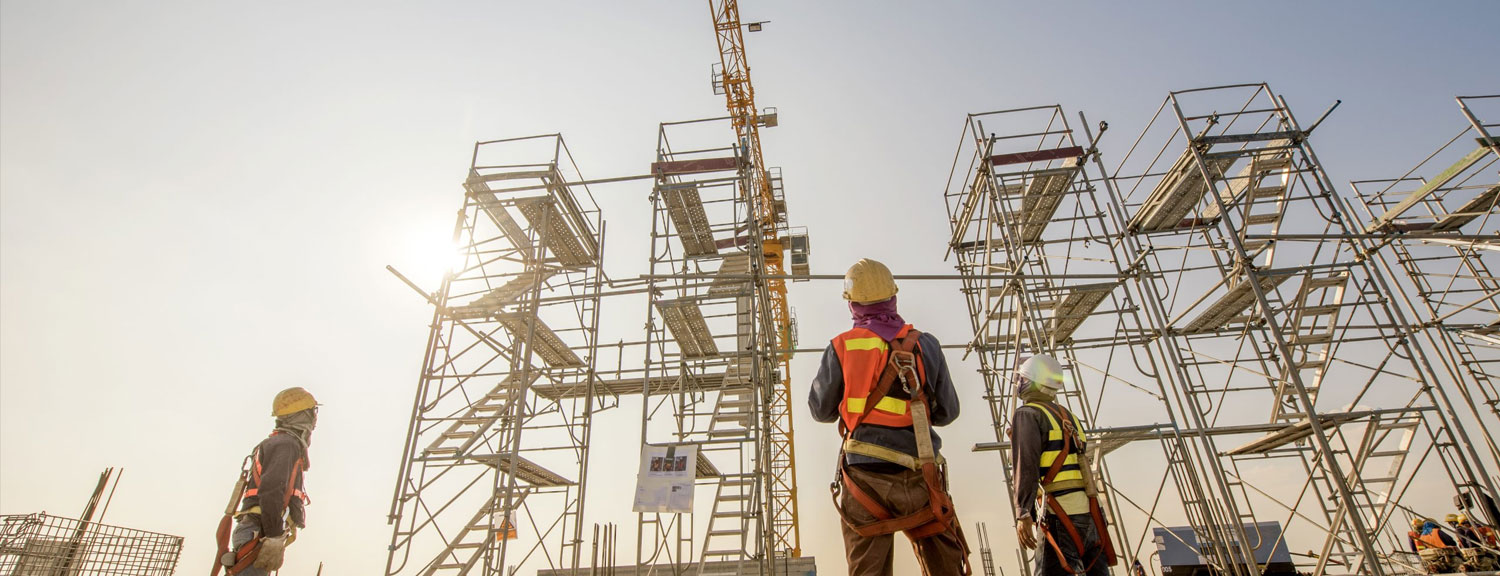
Careers in Mining: Surface Excavation and Mobile Plant Operation
Mining is a sector that employs a large number of people in whichever region the mining operators work in. It has been found that approximately 278,000 people are employed in the mining industry in Australia, which is a clear indication that there is no shortage of excavator jobs in mining. If you are considering a career in surface mining, you must first look into what surface mining actually entails. It is important to find out what kind of training is required to make a career shift to surface excavation.
What is Surface Mining?
When it comes to surface mining, there are basically two types of mining operations, surface mining and underground mining. Surface mining is one that removes mineral deposits that have been covered by the soil and rock. Underground mining, on the other hand, is one in which the minerals are removed through tunnels and the overlying rock structure is left. Almost two-thirds of the excavated solid minerals in the world can be attributed to surface mining operations. This procedure is primarily used in the excavation of coal, iron, gravel, sand, phosphates, copper, crushed stone, and aluminium.
The process of surface mining first started in the middle of the 16th century. It is now practised in all parts of the world for the excavation of different types of minerals. Surface mining is generally given preference over underground or sub-surface mining. Surface mining is not only less expensive, but it also presents fewer complications in operations, in terms of electricity and water. In addition to this, it is also considered safer compared with underground mining.
What are the types of surface mining?
There are basically five types of surface mining operations:
-
Open-pit Mining
As is evident from the name, open-pit mining takes place through a big hole made in the ground with the help of drilling or blasting. It is the most common type of surface mining that is used to excavate sand, gravel, and even rocks. -
High Wall Mining
This type of mining uses the techniques of both sub-surface mining and surface mining. It starts with the process of open-pit mining, and then drilling is done in the walls of the pit to excavate more resources. It is usually performed through remote operation, by a person in a cabin which is located at the surface. A camera is used to monitor and control the mining machine. -
Dredging
In this type of mining, the minerals are extracted from the bottom of water bodies like oceans, rivers, and lakes. -
Strip Mining
This type of mining involves the removal of a thin strip of soil over the deposit to extract the desired mineral. Thereafter, another parallel strip is made in the same manner. The waste from the second strip is deposited on the first strip. It is usually used for phosphates, coal, clays, and also tar mining. -
Mountaintop Removal
This is a different version of strip mining which involves the extraction activities on the top of a mountain. The extracted soil from the mountaintop is then deposited in the valley fills. This method is primarily used in mountainous regions rich in mineral deposits.
What are the common equipment used for surface mining?
In most types of surface mining processes, the excavator operator uses the following equipment:
- Hydraulic mining shovel: This is generally used for picking up large amounts of soil, dirt, and other materials and transporting them from one point to the other.
- Wheel loader: This is also a form of a hydraulic mining shovel. However, it differs from the regular one because of its capacity, size, and fast operating speeds.
- Mining crusher: This is primarily used for crushing larger rocks into smaller pieces. These are effective against extremely hard minerals and rocks as well.
- Motor grader: This particular equipment is not involved in the actual mining process. Its main function is to ensure that the excavators and trucks are able to go from point A to B smoothly.
- Blasthole drill: This is used to make holes at the mining site in which the explosives would be placed. They can be powered by diesel, electricity, or hydraulic functionality.
- Highwall miner: This is primarily used in open-pit mines to extract coal. It is used when the other methods of extraction are not able to excavate any more minerals.
- Draglines: These work in a similar way the excavators do. The only difference is that they are used on a much larger scale of operation.
What kind of training/qualifications are required for Surface Extraction Mining?
Depending on the type of mine you want to work in, the training and vocational education for mining operations differs. If you want to work as a mobile plant operator, along with vocational education, you can even try to go for apprenticeships and traineeships to support your training. In addition to this, you may also need to acquire certain medical and security clearances, besides special vehicle licenses.
How Training Alliance Group can help: Training for a surface mining career
At the Training Alliance Group (TAG), you will be provided with the employment services that will help you in starting your career in mining. If you want to become an excavator operator, TAG can help you with training programs in a variety of sectors in the mining industry. We have partnered with training organizations like Mining Transport and Construction Services Pty Ltd (MTACS) to provide you with a certificate course in surface extraction operations. Get in touch today!

